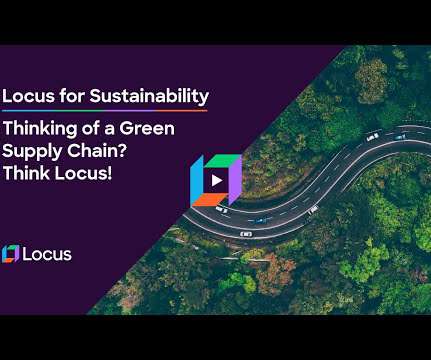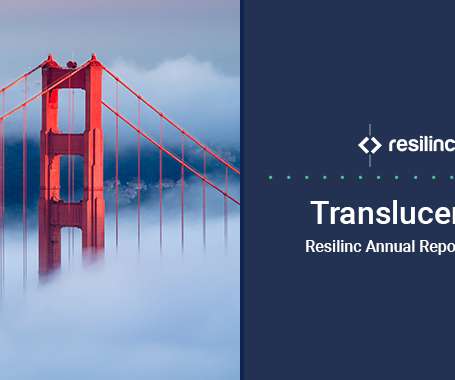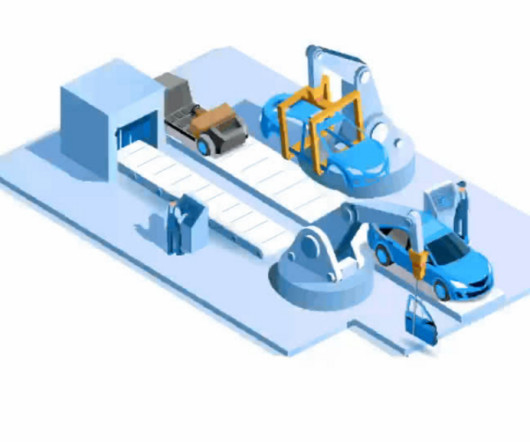Go Green or Go Home: Why Sustainability in the Last Mile is Crucial for Your Business
Locus
OCTOBER 12, 2022
dollars by 2030 , increasing at a compound annual growth rate of 21.6% from 2022 to 2030. At the same time, the demand for urban last-mile delivery is forecast to grow by 78% by 2030 , leading to 36% more delivery vehicles in the world’s top 100 cities. Download the Ebook. Sources: ?? billion U.S. Schedule Demo.
















Let's personalize your content